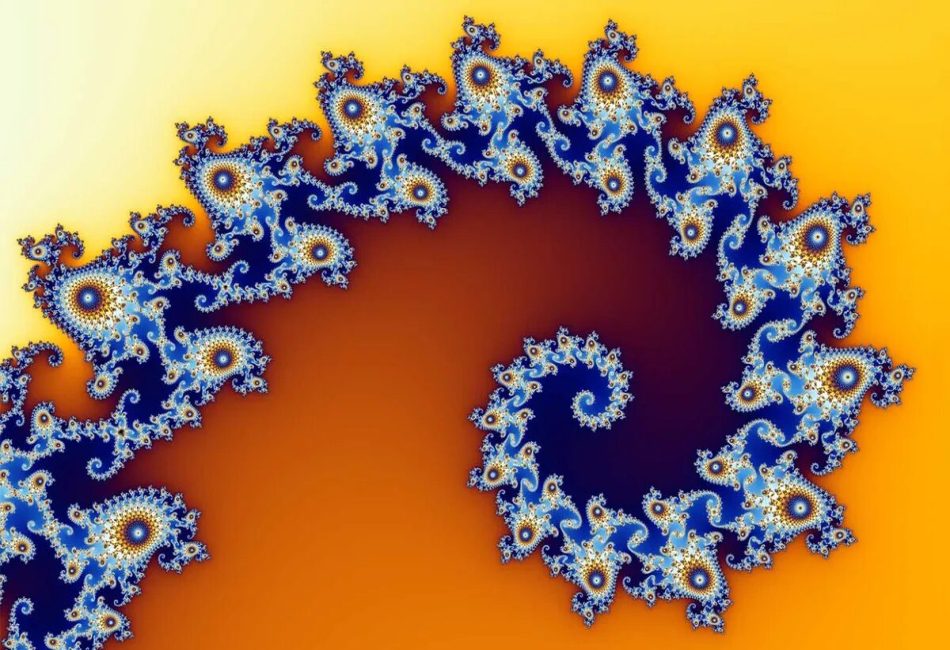When you think of math, what comes to mind? For most, it’s a blur of equations, formulas, and problem sets—perhaps a few memories of struggling through algebra or geometry in school. But what if math was more than just numbers? What if math was the very fabric of life, woven into our daily experiences in ways we never imagined?
The Mathematics of Nature: A Secret Code
Nature has been whispering its mathematical secrets for centuries. From the spirals of a sunflower to the hexagonal precision of honeycombs, numbers play an invisible yet powerful role in shaping the world. The Fibonacci sequence, a simple pattern of numbers where each is the sum of the two preceding ones (1, 1, 2, 3, 5, 8…), is found in the arrangement of leaves, the curves of seashells, and even the galaxies above us.
Why does this matter? Because math is not just a subject in school—it is a universal language. If we can start to appreciate the way it reveals itself in nature, we might just begin to understand its deeper purpose in our lives.
Math in the Everyday: The Subtle Influence
Ever wondered why your favorite music feels so perfect? Math is hidden in the rhythm and patterns of songs, creating a harmonious blend of sounds that captivate our ears. The golden ratio—often called nature’s perfect proportion—has been used in art, architecture, and even facial symmetry, shaping our perception of beauty.
Even when we make financial decisions, cook a meal, or plan our schedules, we engage in complex mathematical thinking without realizing it. Whether it’s calculating the best deal at a store, measuring ingredients for a recipe, or figuring out how long it will take to get to a destination, numbers are quietly at work.
The Psychological Side of Math: Fear vs. Fascination
For many, math is associated with anxiety rather than wonder. The phrase “I’m not a math person” is heard too often, and yet, it may be more about mindset than ability. Studies show that our brains are wired to recognize patterns, solve problems, and even estimate numbers instinctively. The real challenge isn’t in understanding math—it’s in overcoming the mental barriers we’ve built around it.
By shifting our perspective, we can replace math anxiety with curiosity. Imagine seeing numbers not as obstacles but as clues in a grand puzzle. Instead of fearing math, we could learn to embrace its patterns and logic, unlocking a deeper understanding of the world around us.
A New Approach to Learning: Beyond the Classroom
Traditional math education often focuses on memorization and rigid methods, leaving little room for creativity. But what if learning math was more like exploring a mystery?
Interactive problem-solving, real-world applications, and engaging stories can transform math from a chore into an adventure. This is where new platforms and innovative teaching methods come in, changing the way students experience numbers. Whether through math learn programs, interactive apps, or hands-on projects, the future of math education is shifting toward engagement rather than repetition.
The Universe in Numbers: Cosmic Connections
Perhaps the most mind-blowing realization is that math extends beyond Earth—it governs the universe itself. The equations of physics describe the movement of planets, the forces of gravity, and even the structure of black holes.
Mathematical constants, such as Pi (π) and Euler’s number (e), appear repeatedly in nature, science, and even the unpredictability of stock markets. The same patterns that shape a pinecone’s growth also dictate the spiral arms of a galaxy. In many ways, understanding math is akin to understanding the universe.
Reimagining Math: A Journey, Not a Destination
Rather than seeing math as something to conquer, we should approach it as a lifelong journey. It is not about memorizing equations but about seeing the world through a new lens—one where patterns, logic, and creativity come together.
Next time you admire a sunset, listen to music, or even make a decision, remember: math is not just about numbers on a page. It is the silent force that connects everything. And once we begin to see its hidden beauty, we might just fall in love with it.
Are you ready to change the way you see math? Start your journey with math learn and discover a whole new perspective on numbers.
